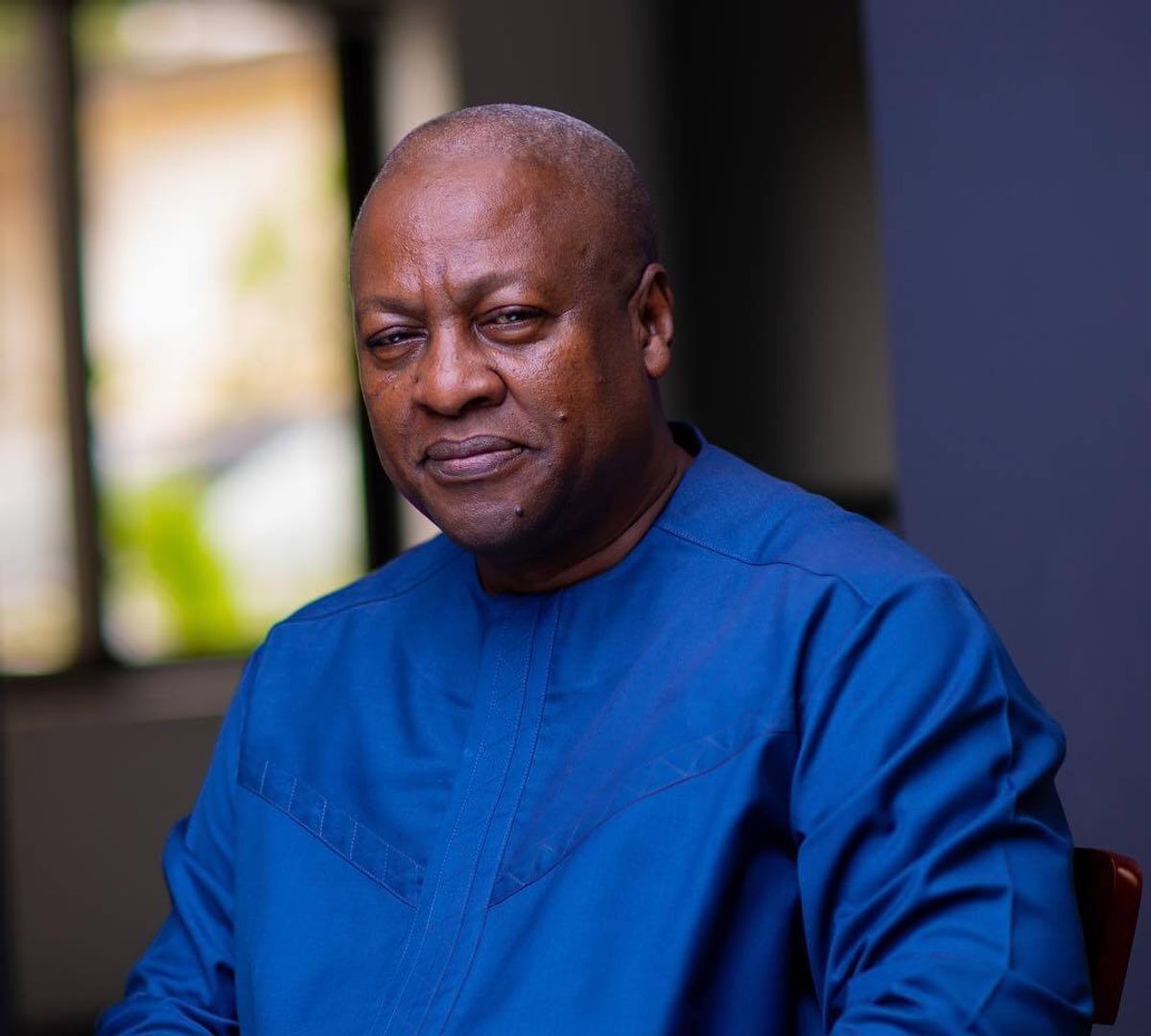 Politics in Ghana is like a long-running TV series—each new season brings fresh characters, plot twists, and unexpected drama. With President John Dramani Mahama back in office, his administration is making some notable changes, setting the stage for a governance style that contrasts with former President Nana Addo Dankwa Akufo-Addo’s era. Think of it as a sequel with new policies, reboots of past initiatives, and a different approach to leadership. Here’s how Mahama’s administration is shaking things up compared to the previous government.
Politics in Ghana is like a long-running TV series—each new season brings fresh characters, plot twists, and unexpected drama. With President John Dramani Mahama back in office, his administration is making some notable changes, setting the stage for a governance style that contrasts with former President Nana Addo Dankwa Akufo-Addo’s era. Think of it as a sequel with new policies, reboots of past initiatives, and a different approach to leadership. Here’s how Mahama’s administration is shaking things up compared to the previous government.
1. Cracking Down on Ghost Names vs. Payroll Expansions
Imagine a blockbuster movie where the government is on a mission to bust fake identities. That’s exactly what Mahama’s administration is doing—investigating over 81,000 suspected “ghost names” on the National Service payroll. This is a major shift from the Akufo-Addo era, where payrolls expanded significantly but concerns about inefficiencies and fraudulent listings were frequently raised. By focusing on removing these non-existent employees, Mahama is pushing for a leaner, more accountable public service.
2. Plugging Funding Gaps vs. Foreign Aid Dependence
During the Akufo-Addo administration, Ghana leaned heavily on international support, with agencies like USAID playing a critical role in funding national programs. However, Mahama’s government has hit the ground running by seeking alternative ways to bridge a $156 million funding shortfall after a freeze in U.S. aid. The goal? Reduce dependence on foreign assistance and create a more self-sustaining economy—like a country finally moving out of its parents’ house to stand on its own.
3. The Gold Board Initiative vs. The Gold-for-Oil Deal
If Ghana’s economy were a reality show, gold would be one of its biggest stars. Under Akufo-Addo, the “Gold-for-Oil” policy was a major talking point, aimed at trading Ghana’s gold reserves for fuel. Mahama is now taking a different route, launching a Gold Board to regulate small-scale mining and curb smuggling. Instead of using gold as a direct trade commodity, his administration wants to structure the sector better, increasing earnings while ensuring sustainable mining practices.
4. Streamlined Ministries vs. Expanding Government Size
One of the biggest differences between these two administrations is their approach to governance structure. Under Akufo-Addo, government ministries grew significantly, with over 30 different portfolios, leading to concerns about administrative bloat. Mahama has taken a minimalist approach, cutting the number of ministries down to 23 in an effort to improve efficiency and reduce government spending. It’s like replacing a large, confusing menu with a curated selection of the best dishes.
5. Women’s Empowerment in Governance vs. Slow Progress on Gender Parity
During Akufo-Addo’s tenure, Ghana made some strides in women’s leadership, but representation remained below expectations. Now, Mahama’s government is taking things up a notch with the Affirmative Action Law, aiming for a 50% representation of women in public service by 2030. It’s a bold move toward gender equality, ensuring that women have a stronger voice in shaping Ghana’s future—like finally getting equal screen time in a long-running movie franchise.
Could this be a New Era or Just a Different Playbook?













Discussion about this post